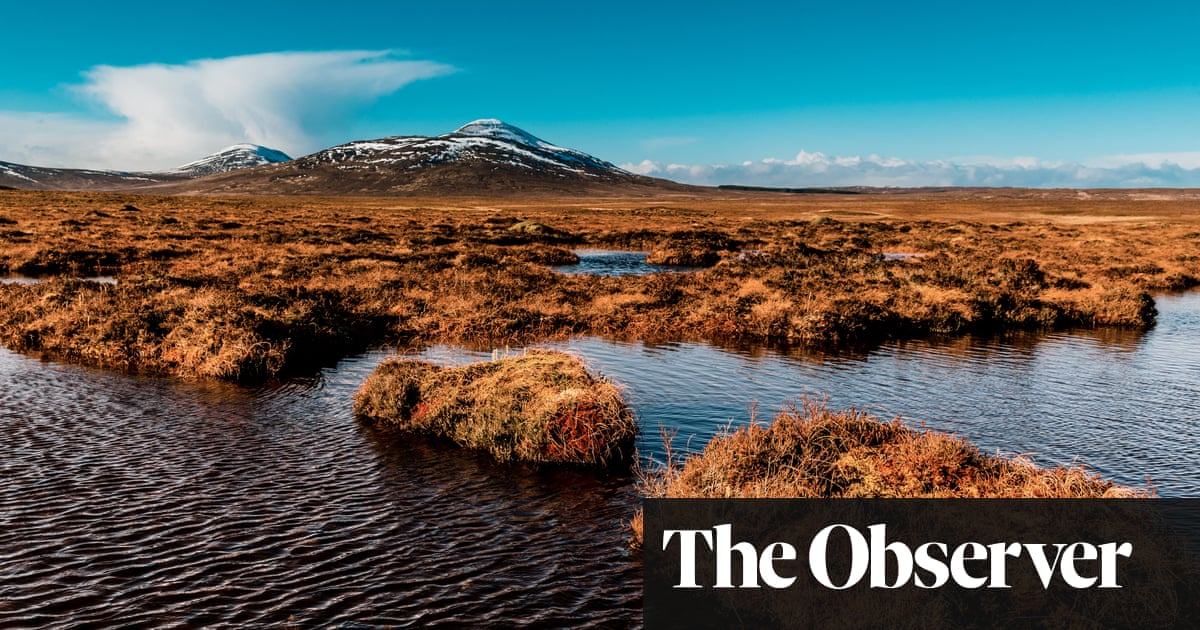- cross-posted to:
- scotland@feddit.uk
- cross-posted to:
- scotland@feddit.uk
It is a land of mire, mist and midges that could soon be awarded a special status among the planet’s wild habitats. In a few weeks, Unesco is set to announce its decision on an application to allow the Flow Country in north Scotland to become a world heritage site.
Such a designation is only given to places of special cultural, historical or scientific significance and would put this remote region of perpetual dampness on the same standing as the Great Barrier Reef, the Grand Canyon and the Pyramids.
The Flow Country straddles Caithness and Sutherland in the most northerly part of the British Isles and is the largest area of blanket bog in the world. Covering 4,000 sq km, it is also home to a remarkable range of wildlife that includes the black-throated diver, golden plover, greenshank, golden eagle, merlin and short-eared owl, as well as otters and water voles.
This is the best summary I could come up with:
Such a designation is only given to places of special cultural, historical or scientific significance and would put this remote region of perpetual dampness on the same standing as the Great Barrier Reef, the Grand Canyon and the Pyramids.
The land is carpeted with sphagnum moss that covers layers of peat that can reach down to depths of 10 metres, enough to bury a double decker bus, while the local plant life includes sundews, which use their sticky tentacles to feed on insects.
It is a remarkable habitat which was the subject of a formal request made last year by a partnership including the RSPB, NatureScot and the Highland Council to have the bogs, pools, lochs and hills of the Flow Country designated a world heritage site, a place of outstanding international importance that deserves special protection.
Midges appear as maddening clouds of biting bugs that will attack humans, livestock and pets and they thrive in the region’s boggy, acidic ground which provides a perfect environment for breeding.
A key site to appreciate the wonders of the Flow Country is the RSPB reserve at Forsinard which covers more than 21,000 hectares and provides sights of golden plover, dunlin, greenshank, hen harrier, skylark and meadow pipit.
From her house, Gunn has a clear view of the peatlands of the Flow Country, while from the other side of her home, in Tongue, she can witness the creation of another remarkable local project: the Sutherland Space Port which is being constructed on the nearby A’ Mhòine peninsula.
The original article contains 974 words, the summary contains 254 words. Saved 74%. I’m a bot and I’m open source!



